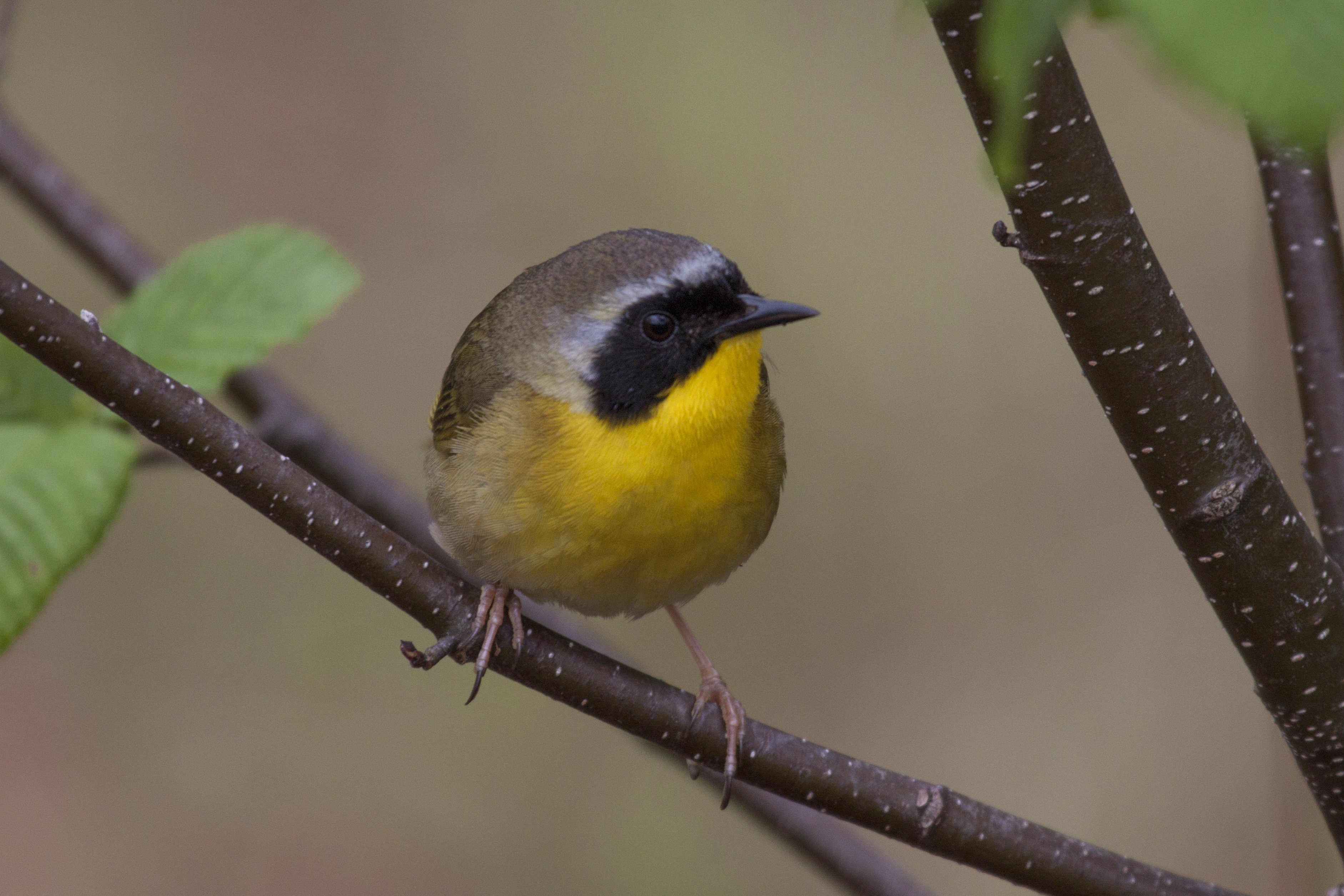New Study Reveals Decline in Vermont Forest Birds
Apr. 18th 2017This story was originally published by the Vermont Center for Ecostudies.
A 25-year study of Vermont’s forest birds, including woodpeckers, warblers and other iconic species, has documented a 14.2 percent overall population decline during the period, raising concerns about birds and forests alike.
In one of the longest-running studies of its kind in North America, the Vermont Center for Ecostudies (VCE) also issued practical recommendations for landowners who may want to conserve or manage their forests for bird abundance and diversity. Vermont forests support more than 125 bird species, VCE reported, and more than 47,000 jobs in the state.
“Whether we enjoy them at the feeder or in the wild, birds are vital to the health of our forests,” said Steve Faccio, a VCE biologist and principal author of a report on the study titled The Status of Vermont Forest Birds: A Quarter Century of Monitoring. “If we ignore these trends in bird populations, we risk losing not only birds but also the vitality of our forests.”
While they require forests for nesting and migration, birds in turn promote forest health. They foster tree growth, for example, by consuming leaf-eating insects. Birds also disperse seeds and pollinate trees and other plants.
In its study, VCE methodically counted birds in 31 mature, unaltered forest tracts across the state each June for 25 years during the peak of breeding season. Overall, the counts revealed a 14.2 percent decline in abundance among 125 bird species from 1989 through 2013, with some species increasing, some decreasing and some remaining unchanged.
VCE went on to analyze in detail 34 of the most abundant and widely distributed forest bird species. Thirteen species (38 percent of the total) declined significantly during the period, including Canada Warbler, White-throated Sparrow and Great Crested Flycatcher. Eight species (24 percent of the total) increased significantly, including Yellow-bellied Sapsucker, Mourning Dove and Black-throated Green Warbler. Thirteen species showed no significant change, among them the Vermont state bird, Hermit Thrush.
One guild of birds in particular — called “aerial insectivores,” which catch and eat insects on the wing — showed the most disturbing decline: a 45 percent drop in abundance over the 25-year study period. These included Chimney Swift, Eastern Phoebe, Eastern Wood-Pewee and Tree Swallow. The steep decline, VCE reported, most likely reflects broad-scale changes in insect populations, attributed to a variety of causes, such as pesticide use, acid deposition and climate change.

Any number of factors, including routine or “natural” changes in forest composition, affect bird populations. As a forest matures, its mix of birds will inevitably change. The study came during a period of statewide forest maturation, dwindling insect populations, and the arrival of West Nile Virus in Vermont. But VCE identified several “imminent, serious threats” to birds and forests:
- Fragmentation and Parcelization – As forests become fragmented by roads, development and other non-forest land uses, the amount of edge habitat increases, exposing interior forest breeding birds to predators and other threats.
- Non-native Invasive Species – More than half of Vermont’s tree species are threatened by three non-native insects: the emerald ash borer, Asian longhorned beetle, and hemlock wooly adelgid.
- Climate Change – A warming planet may gradually but profoundly alter forest biodiversity, productivity and economics.
- Acid Deposition – Acidic compounds in rain, snow and fog leach nutrients from soils, limiting their availability for tree growth. Birds may be particularly sensitive to soil calcium depletion because they require calcium to produce eggshells.
VCE concludes its report with a series of practical recommendations for forest property owners who might be considering outright conservation or forest management to promote bird abundance and diversity. Among the objectives is “heterogeneity” in forest stands — trees of varying ages — which supports a full suite of Vermont’s native forest birds. The guidelines are not intended for commercial timberlands.
With a 25-year study no small feat, VCE relied on its own staff biologists and a dedicated corps of skilled volunteer birdwatchers, who would rise well before dawn to follow rigorous and long-established protocols for counting birds. For the report, VCE analyzed 2,464 such point count surveys, in which a total of 32,381 birds of 125 species were detected.
“That VCE has been able to continue this effort for more than a quarter century is a testament to the dedication of the researchers and the citizen scientists,” said Dr. Allan Strong, an ornithologist and associate professor in the Environmental Program at the University of Vermont. “This kind of data offers us a unique perspective on how our bird populations have changed over the last quarter century.”
VCE continues to run the population surveys, known as the Vermont Forest Bird Monitoring Program, which is now in its thirtieth year. This latest analysis relies on data generated during the project’s first 25 years.
The Vermont Center for Ecostudies, with headquarters in Norwich, Vermont, promotes wildlife conservation across the Americas using the combined strength of scientific research and citizen engagement. Working from Canada to South America, from mountains to grasslands, VCE biologists study and protect birds, insects, amphibians and other wildlife. Joining VCE in the work is a dedicated corps of citizen volunteers.
 ecoNEWS VT
ecoNEWS VT